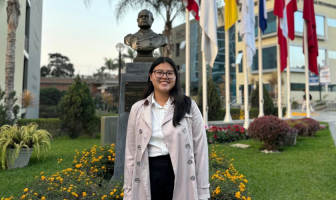This article highlights the urgent need for educators to adapt to AI, foreseeing a revolution that extends beyond personalized recommendations, reshaping the entire educational landscape.

Everyone with a YouTube account or registered on any social media app has likely noticed that song recommendations, ads, or images personalized to their preferences appear in the content. This phenomenon is a result of something called Artificial Intelligence. However, it wasn't until 2022 when OpenAI released ChatGPT to the public that many of us began to wonder about the true nature of AI.
The term "Artificial Intelligence" isn't new; it was first used in 1956 by John McCarthy. Since then, AI has evolved, and there are now various definitions. One particularly clear explanation describes AI as a generic term encompassing a wide range of technologies and algorithms. AI employs different techniques, such as Machine Learning, Artificial Neural Networks, Deep Learning, and the popular Generative AI. Understanding these basic concepts is crucial to gaining a real understanding of AI.

It's essential to recognize that AI is here to stay and is already disrupting every aspect of our lives, including education. While AI has been used in educational contexts since the 1970s, it has never been as freely accessible to teachers and students as it is today. Consequently, there is an urgent need for educators to develop new competencies in using AI in the learning-teaching context.
Where should educators start? Firstly, they need to learn what AI is, how it works, and the potential impact it might have on their jobs. The popular app ChatGPT, short for Chat Generative Pre-Trained Transformer, is being used by millions of people daily. This app can assist teachers by automating repetitive tasks, allowing them to save time for other responsibilities, such as providing emotional support to students. Similarly, students using this app can easily tackle various tasks, from solving math problems and finding answers to questions about different subjects to writing essays, articles, letters, creating scripts, and practicing a new language, among many other activities. This reality will undoubtedly reshape current teaching practices.
There's no doubt that teachers’ roles will change, students' agency will shift, and a critical aspect for rapid change is assessment. While the AI we have now is still considered narrow AI, meaning it's in its infancy, it is already capable of creating written content, videos, images, music, etc. We must be prepared for what's coming. AI is not just about personalized recommendations on social networks; we are now facing a technology that will reshape our entire system—a new technological revolution.
Sources:




